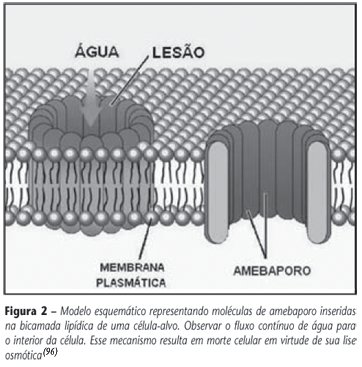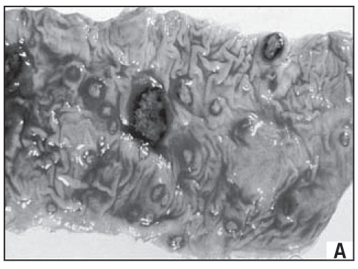Amebiasis is the second cause of death among parasitary diseases in the world. Its etiologic agent is the protozoan Entamoeba histolytica, which destroys the host tissue by means of the secretion of proteinases, kills the target-cells by contact and phagocytizes erythrocytes. Accordingly, the trophozoites invade the intestinal mucosa, what causes amoebaean colitis. In some cases, they pass through the mucosa and reach the liver through the portal system, where they cause necrosis, which is composed of a few trophozoites surrounded by dead hepatocytes and liquefied cellular debris. This invasion is directly related to the synthesis capacity and secretion of molecules responsible for the virulence of trophozoites such as amoebapores, lectins and cysteine proteinases. The diagnosis of infection caused by this pathogen is routinely performed through optical microscopy of fresh samples or fixed specimens. However this methodology presents limitations insofar as it is unable to distinguish the specimens belonging to the complex E. histolytica /E. dispar. The research on coproantigens and the polymerase chain reaction (PCR) method have been used to differentiate these protozoa in fecal samples. However further studies are required for a better understanding of the host-parasite relationship, the proteomics and genomics of the protozoa, the development of vaccines and the real prevalence of this infection in Brazil and worldwide.
Entamoeba histolytica; Amebiasis; Physiopathogeny





